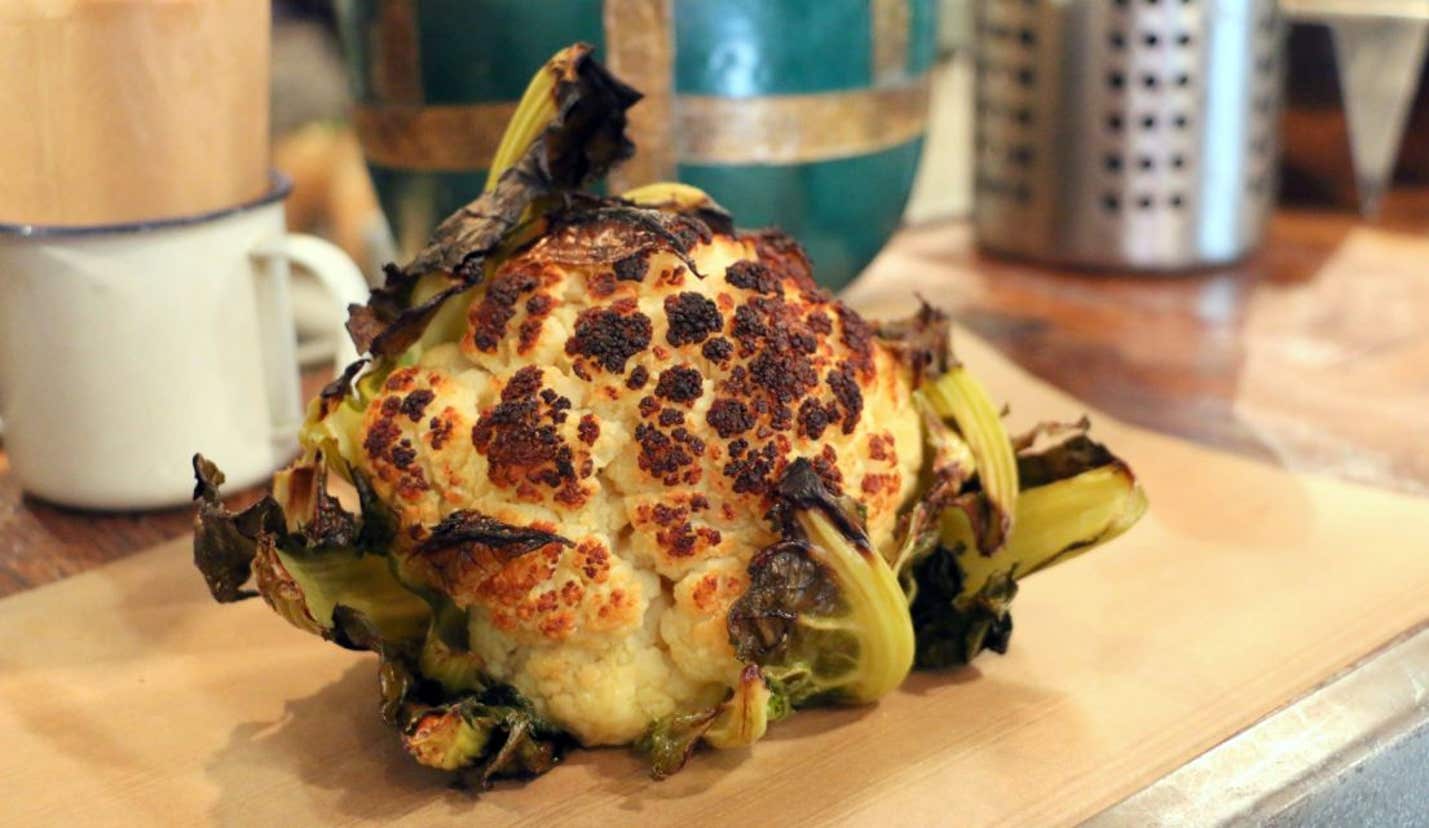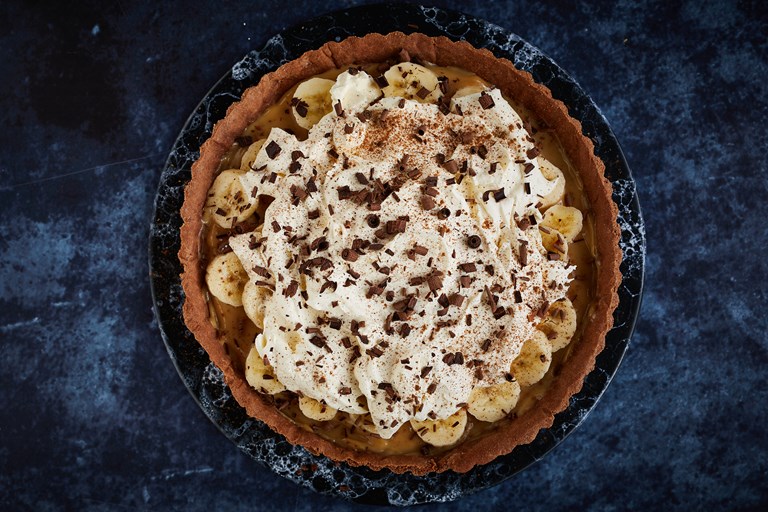My husband and I have a tradition after long vacations of listing the best things we ate on our trip. We come up with our lists independently – at least a few times, this has meant scratching out notes on scraps of paper while flying home – and then compare. Sweet, savory, dessert, entree, snack, even condiment (my husband still dreams about a particular coconut chutney) – anything qualifies.
Sadly, those lists have been lost to either the trash bin or the cobwebs of memory. A few things stand out, and these genuine British scones are one of them – more or less, anyway.
We’re afternoon tea enthusiasts, and after our first trip to London in 2013, I became obsessed with re-creating the fluffy, tender, not-too-sweet scones we enjoyed across the pond. They were nothing like the dense, sweet and greasy scones you tend to find in American coffee shops. I shot off emails to a few of the places where we ate and got one response, from pastry chef Shael Mead. Her recipe became my go-to.

Source : Peninsula Qatar
Fast-forward four years later, when I decided to write about hosting an afternoon tea at home. I searched out Mead again, this time in my guise as a food reporter rather than just a hungry private citizen, and found her at a new job but still putting together delectable tea spreads. (She has since moved back to her native South Africa and opened an eatery there.) She mentioned she had a better scone recipe to share.
And, boy, did she. This recipe produces lofty, fluffy scones with a subtle sweetness that are great with or without currants, on their own or with generous heaps of clotted cream, strawberry jam and/or lemon curd. They’re even more appealing because they come together quickly in a single bowl with a handful of pantry staples.
The instructions call for incorporating the butter into the dry ingredients with a stand mixer. This makes fast and easy work of the process, but you could also use a pastry cutter or even your hands, as long as you’re careful not to work in the butter too much or melt it.
Don’t skip resting the dough. Mead says that step is key to letting the baking powder activate and the gluten relax, meaning you’ll get tall, tender scones. You’ll need a 2-inch biscuit cutter to cut the scones, but in a pinch, a glass or jar with a clean edge works. Be generous in brushing the cut scones with milk, too, so that you get a nicely browned top.
So, there you go. I’ve done all the legwork for you. It may have taken me a couple of trans-Atlantic flights, several years and lots of baking to get here, but this scone recipe is a perfect taste of England. Consider it my edible souvenir for you. Now put the kettle on, and make yourself a batch.
Make ahead: The dough needs to rest at room temperature for 30 minutes. The scones are best eaten freshly baked, but the portions of dough can be refrigerated overnight, or individually wrapped (unbaked or baked) in plastic wrap and frozen in a zip-top bag for up to two months. Defrost before baking or reheating; for the latter, tent loosely with aluminum foil and warm through in a 350-degree oven.
British Scones
17 to 20 scones
Ingredients
About 4 cups (584 grams) flour, plus more as needed
1⁄4 cup plus 2 tablespoons (84 grams) sugar
2 tablespoons (36 grams) baking powder
8 tablespoons (1 stick; 113 grams) chilled, unsalted butter, cut into 1/2-inch cubes
About 1 cup (143 grams) dried currants (optional)
About 1 cup (250 grams) whole milk, plus more for brushing
About 3/4 cup (162 grams) heavy cream
Steps
Combine the flour, sugar and baking powder in the bowl of a stand mixer or handheld electric mixer. Beat on low speed just to blend. Add the chilled butter; beat on low speed for 4 or 5 minutes, until the mixture starts to look crumbly with some large chunks. Stop to scrape down the bowl.
Add the currants, if using; beat on low speed until evenly distributed.
Pour in the milk and heavy cream; beat on low speed for several seconds, just until the liquids are incorporated, to form a soft dough.
Lightly flour a work surface. Transfer the dough there and pat it to an even thickness of about 1 inch. Cover loosely with a clean kitchen towel; let it rest for 30 minutes.
Preheat the oven to 400 degrees. Line a baking sheet with parchment paper or a silicone liner.
Flour the edges of your biscuit cutter, then use it to cut out 17 to 20 scones (straight down, without twisting), arranging them at least 1 inch apart on the baking sheet as you work and re-flouring the cutter each time. Try to reroll the scraps no more than once as the subsequent portions of dough may not rise as much in the oven.
Brush the tops of the scones with milk. Bake (middle rack) for about 16 minutes, turning the sheet from front to back halfway through, until lightly golden.
Transfer them to a wire rack to cool for a few minutes before serving, or cool completely before storing.
Source: https://www.thepeninsulaqatar.com/article/08/11/2018/These-tender,-fluffy-scones-are-so-very-British
More on Chef’s Special






Leave A Comment
You must be logged in to post a comment.